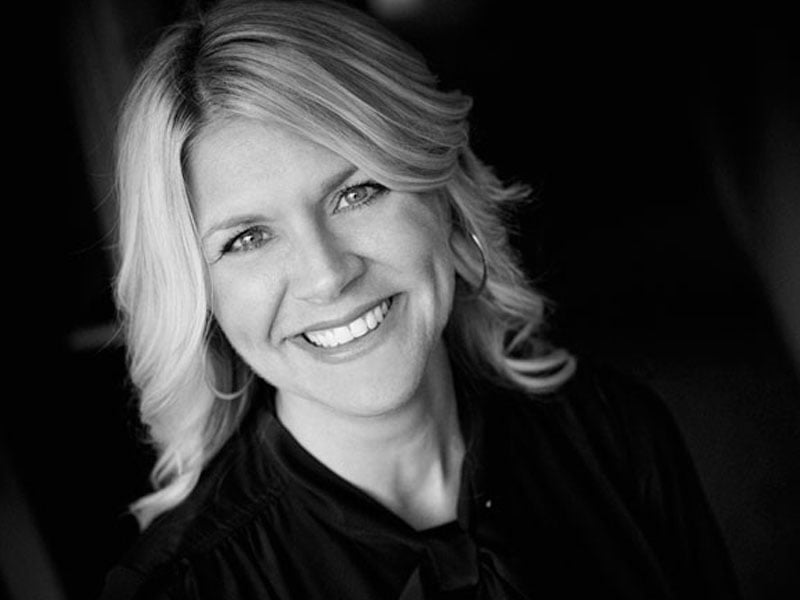According to the managing partner at EY Lynn Kraus, enterprises cannot expect to innovate from a place of uniformity. And there are specific financial benefits for more diverse workplaces, noting that EY had revealed a 6 per cent profit spike in organisations where women held 30 per cent of leadership positions.
But speaking at the Australia Israel Chamber of Commerce’s 2016 diversity briefing, Ms Kraus warned that it was “easy to create a diverse workforce but hard to create one that is inclusive,” though that was imperative, because “innovation is no longer a nice to have it’s an absolute must.”
Australian Institute of Company Directors chairman Elizabeth Proust said that the “male, pale and stale” descriptor still applied to many companies.

The AICD has set a 30 per cent gender diversity target for Australia’s leading companies to achieve by 2018. “The 30 per cent figure is where you get the critical mass,” she said.
The ASX 20 has almost achieved that target at 28.5 per cent, and the AICD believes that the ASX 200 will reach 30 per cent by 2018, though gender parity would not occur before 2022.
“The problem is at the smaller end of the ASX. Eleven companies in 2016 don’t have one woman on the board,” she noted.
So how does the local tech sector rate – ASX listed or not?
Atlassian has seven men, two women on its board; Freelancer, three men and no women; MYOB, five men, one woman; SMS Management and Technology, four men, two women; Technology One, six men, one woman; WiseTech Global, four men, one woman; Data#3 two men, one woman; and Xero, seven men, one woman.
Just two of those companies have achieved the 30 per cent target.
Woolworths chairman Gordon Cairns who is one of the Male Champions of Change group, also spoke at the Diversity event and said that there remained a conscious bias against women in the workplace.
“I’ve been on these panels for six years and we say the same things every year – the progress is too slow and we need to do more.” He also said that the 30 per cent target was not nearly enough.
He said that Woolworths has already achieved board gender parity, and that the other company he chairs, Origin, had set a 40 per cent target.
Only by having diverse boards would a company foster a diverse workplace. “If the boards are not setting the standard, how can you expect management to respond,” Mr Cairns said.
But when the AICD recently asked ASX listed companies why they hadn’t made more progress they received some Trump-esque responses.
These included “We would rather have someone known to the board; women talk too much, don’t get to the point and meetings go on too long; women aren’t reliable enough; we don’t have to and don’t want to; poor blokes they can no longer get a board seat unless they wear a skirt.”
Gender diversity may persist as a challenging issue – but it is only one element of true diversity.
Cloud CRM company Salesforce recently appointed a Chief Equality Officer, Tony Prophet, who will focus on gender, LGBTQ and racial equality in the organisation.
It’s a bold move – but how does Salesforce itself rank. Its board is still not at the 30 per cent gender mark – it has 12 board members, three of whom are women. While it does have people of colour, their sexual identities can’t be determined.
This is where assessing and embracing diversity gets particularly challenging.
Gender diversity is the most visible element of diversity according to Lisa Annese, CEO of the Diversity Council of Australia. She noted that “mixed gender, mixed age, LGBTQ diverse, indigenous, disability – that’s our customers that’s our community.”
Organisations which focus purely on getting more gender diversity run the risk of replicating the same woman over and over in board positions to get the numbers up.
According to Ms Annese; “If you want increased innovation and capacity to solve problems and get away from group think then you need genuine diversity.”
But diversity supported by inclusive leadership rather than tick-a-box compliance.
In a recent speech Tim Soutphommasane, Australia’s Race Discrimination Commissioner noted; “In corporate Australia, the ranks of senior leaders remain overwhelmingly dominated by those of Anglo-Celtic and European background. Among the 201 chief executives of ASX 200 companies, 77 per cent have an Anglo-Celtic background and 18 per cent have a European background.
“Only 10 chief executives – or five per cent – have a non-European backgrounds. None of the 201 chief executives has an Indigenous background.”
Dr Soutphommasane said that Australian society isn’t making the most of its cultural diversity and that there is a cost to that.
He cited a McKinsey study which found that companies in the top quartile of cultural diversity were 35 per cent more likely to have financial returns above the national industry median.
There is, it seems, a high price for clinging to the pale, male and stale.
Do you know more? Contact James Riley via Email.

